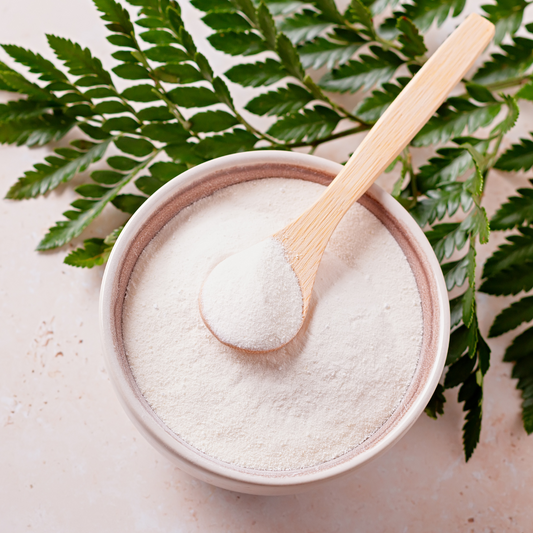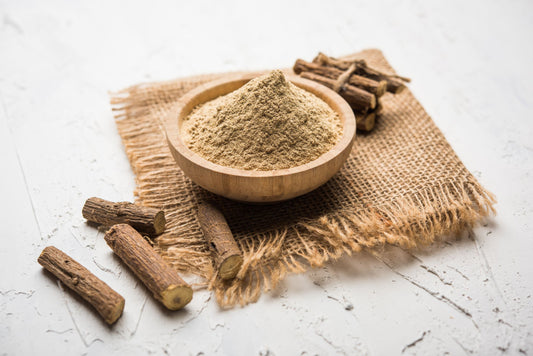Hourglass syndrome, a condition characterized by poor posture and muscle imbalances, often contributes to digestive issues like GERD. Here are nine habits to help you reverse hourglass syndrome and improve your digestion.
- Strengthen Your Lower Back
Why it helps: A strong lower back supports better posture, alleviating pressure on the abdominal area, which can help reduce GERD symptoms.
How to do it:
- Exercises: Incorporate lower back exercises such as bridges, supermans, deadlifts, planks or even lower back focused pilates/yoga into your routine.
- Consistency: Aim for at least three sessions per week, gradually increasing intensity as your strength improves.
- Posture Tips: Maintain good posture throughout the day to support your lower back muscles.
Example Routine:
- 3 sets of 15 reps of bridges
- 3 sets of 10 reps of supermans
- 3 sets of 12 reps of deadlifts (using light weights initially)
- 3 sets of 30-60 seconds of planks.
Yoga/Pilates Examples:
25 min pilates for posture: https://www.youtube.com/watch?v=imWc_27U9w8&ab_channel=MoveWithNicole
5 min back workout:
https://www.youtube.com/watch?v=5H8K9HL9QaU&ab_channel=LidiaMera
You can find plenty more free workouts like these on youtube!
- Wear Low-Rise Pants
Why it helps: High-waisted pants can compress the stomach, exacerbating GERD symptoms. Low-rise pants alleviate this pressure.
How to do it:
- Clothing Choices: Choose pants that sit below your natural waistline to avoid pressure on your stomach.
- Comfort: Ensure that your clothing is comfortable and does not dig into your abdomen.
Tip: Look for pants with a bit of stretch for added comfort. Basically avoid clothing items that dig into your stomach.

- Improve Hip Alignment (Posture)
Why it helps: Proper hip alignment reduces the strain on your lower back and abdomen, promoting better digestion and reducing GERD symptoms.
How to do it:
- Posture Check: Regularly check your posture when sitting/stand to ensure your hips are aligned with your shoulders and feet. (awareness is key)
- Stretching: Incorporate hip flexor and hamstring stretches into your routine to maintain flexibility.
- Strengthening: Strengthen your core and glute muscles to support proper hip alignment.
Example Stretches:
- Hip flexor stretch: Hold for 30 seconds per side, 3 times.
- Hamstring stretch: Hold for 30 seconds per side, 3 times.

- Drink Plenty of Water
Why it helps: Staying hydrated aids digestion and can help prevent the acid buildup that leads to GERD.
How to do it:
- Daily Intake: Aim for at least 8 glasses of water a day.
- Timing: Drink water throughout the day, rather than all at once, to avoid overwhelming your digestive system.
- Infusions: Add lemon (if tolerated) or cucumber slices for a refreshing twist.
Tip: Keep a water bottle with you to remind yourself to drink regularly.

What it is: A tasty drink mix crafted with premium botanicals, proven to effectively relieve heartburn.
Why it helps:
- Quickly alleviates active heartburn.
- Coats/Protects the esophagus with plant mucilage.
- Promotes healing of the gut lining.
- Immune-boosting anti-inflammatory super food.
How to make it: Mix 2 tsp with water or your milk of choice .
Instructions: Drink Heartburn Elixir after large meals or during flare ups to help balance stomach acid levels.
- Low-Impact HIIT Workouts
Why it helps: Exercise improves overall digestion and reduces stress, a common trigger for GERD.
How to do it:
- Routine: Incorporate low-impact HIIT workouts into your daily routine.
- Duration: Aim for at least 30 minutes, 3-5 times per week.
- Intensity: Focus on moderate intensity to avoid overexertion.
Low Impact HIIT Example Videos:
https://www.youtube.com/watch?v=JkVHrA5o23o&ab_channel=MadFit
You can find plenty more free workouts like these on youtube!

- Cook Veggies Until Well Done
Why it helps: Well-cooked vegetables are easier to digest and less likely to trigger GERD symptoms.
How to do it:
- Cooking Methods: Steam, boil, or roast vegetables until they are tender.
- Types of Veggies: Focus on non-cruciferous vegetables like carrots, zucchini, and green beans, which are gentler on the stomach.
Tip: Avoid frying or heavily seasoning vegetables to keep them easy to digest. When pan-frying veggies, always make sure to add some water and let it boil for a bit.

- Small Bites & Long Chews
Why it helps: Eating slowly and chewing thoroughly reduces the workload on your digestive system, helping prevent GERD.
How to do it:
- Portion Size: Take smaller bites to make chewing easier.
- Chewing: Aim to chew each bite 20-30 times, or until “applesauce consistency” before swallowing.
- Pacing: Put your fork down between bites to slow down your eating pace.
Tip: Practice mindful eating by focusing on the taste and texture of your food.

- Breathing Exercises
Why it helps: Proper breathing techniques can reduce stress and improve diaphragm function, aiding digestion and reducing GERD symptoms.
How to do it:
- Deep Breathing: Practice deep breathing exercises, inhaling through your nose and exhaling through your mouth, holding the full exhale for 2-3 seconds.
- Consistency: Set aside 5-10 minutes each day for breathing exercises.
- Posture: Ensure you are sitting or lying down in a comfortable position.
Example Exercise:
- Sit or stand comfortably with your back straight.
- Inhale deeply through your nose for a count of 4.
- Hold your breath for a count of 3.
- Exhale slowly through your mouth for a count of 8.
- Hold your breath for a count of 3.
- Repeat for 5-10 minutes.

By incorporating these habits into your daily routine, you can help reverse hourglass syndrome and improve your digestion, leading to better overall health and reduced GERD symptoms.












1 comment
I love this and I’m so grateful for you posting this just tried it today feel so much better than what other workouts I’ve done thank you!